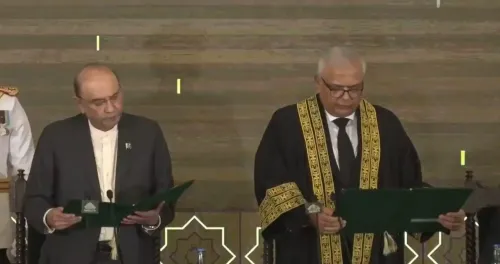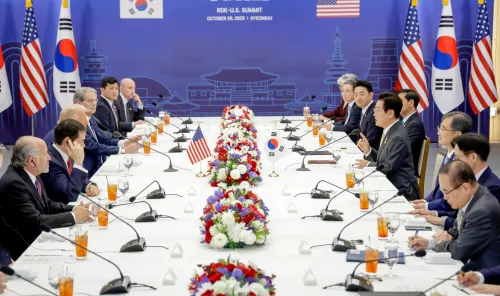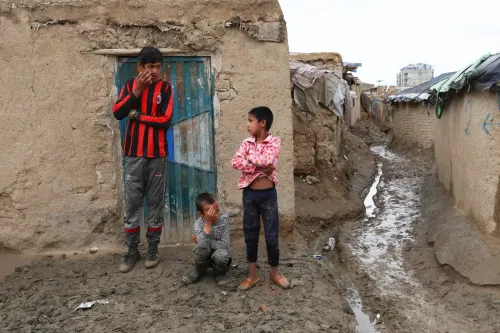Has the US administration taken steps to alleviate tariffs for four Latin American nations?

Synopsis
Key Takeaways
- US administration has reached trade agreements with four Latin American countries.
- Reciprocal tariffs on specific items will be eliminated.
- Argentina will provide preferential access for US goods.
- The agreements aim to alleviate inflationary pressures.
- Finalization of agreements is expected soon.
On November 13, Washington (NationPress) announced that the US administration has established frameworks for bilateral trade agreements with Argentina, Guatemala, El Salvador, and Ecuador, as confirmed by the White House.
Under these agreements, the United States will eliminate reciprocal tariffs on specific items that cannot be cultivated, extracted, or produced domestically. In return, the four Latin American nations have committed to collaborating with the US or liberalizing their markets in various sectors.
According to reports from Xinhua, tariffs on textiles and apparel from Guatemala and El Salvador will also be lifted. Particularly, Argentina will grant preferential market access for US exports, which include certain medicines, chemicals, machinery, information technology products, medical devices, motor vehicles, and a wide array of agricultural goods.
Despite these changes, the US will maintain a tariff rate of 10 percent on most goods from Argentina, Guatemala, and El Salvador, while a 15 percent tariff will remain on most goods from Ecuador, as stated by senior US officials during a briefing.
The White House anticipates finalizing these agreements in the upcoming weeks.
Tariffs imposed by the US earlier this year have contributed to rising inflation, with the US consumer price index increasing by 3 percent year-over-year as of September.
Reducing or eliminating tariffs on products such as bananas, coffee, and cocoa is expected to help mitigate inflationary trends in the US.
In related news, the IMF has revised its forecast for Argentina's economic growth in 2025 down to 4.5 percent, as reported in the latest World Economic Outlook.
This new estimate is a decline from the previously projected 5.5 percent GDP growth forecast made in April and confirmed in July.
For 2026, Argentina's economy is expected to grow by 4 percent, compared to the earlier estimate of 4.5 percent.
Furthermore, the IMF has adjusted its inflation forecast for Argentina in 2025 to 41.3 percent, with a predicted decrease to 16.4 percent in 2026.
The IMF's growth outlook aligns closely with that of the World Bank, which has also revised its forecast for Argentina's 2025 GDP growth to 4.6 percent.









